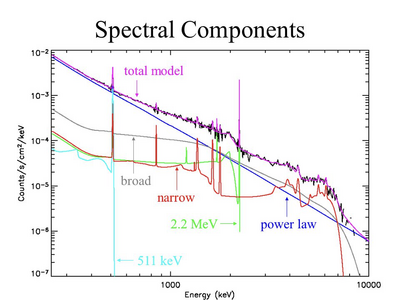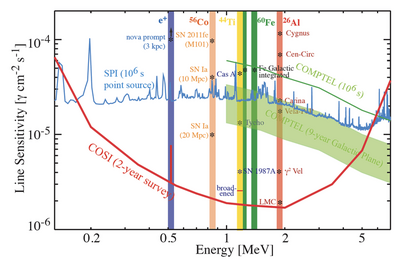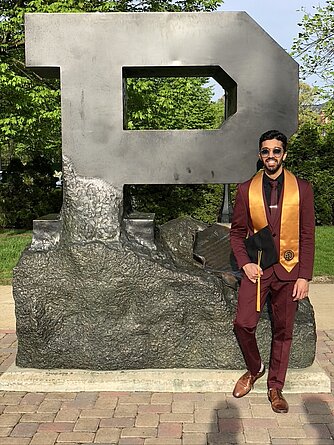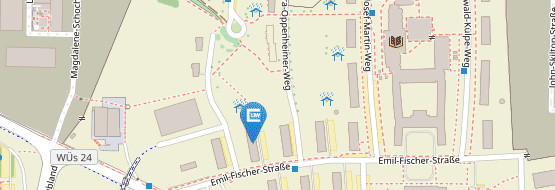Saurabh Mittal, M.Sc.
Doctoral Candidate
Contact:
Building: 31 (Physik Ost)
Room: 02.004
E-mail: saurabh.mittal[at]uni-wuerzburg.de
Since 01/02/2023:
PhD candidate at the Institute for Theoretical Physics and Astrophysics / Chair of Astronomy of the Julius Maximilians University, Würzburg, Germany
Supervisor: Dr. Thomas Siegert
14/10/2019 – 27/10/2022:
MSc in Physics at Friedrich-Alexander-Universität, Erlangen-Nürnberg, Germany
Concentration: Astrophysics and Astro-particle Physics
24/08/2015 – 04/05/2019:
BSc in Physics at Purdue University, U.S.A
Minor: Astronomy, Economics
15/05/2015:
High School, Delhi Public School, R.K.Puram, New Delhi, India
23/07/1997:
Born in Uttarakhand, India
Positron Annihilation and the 511 keV line from Flaring stars:
Develop a relation between the 511 keV line flux from solar flares and the flare energy. In addition, apply this understanding of solar flares to globular clusters in the Milky Way, (assuming all stars flare in a similar manner as the Sun), to explain the origin of the Galactic γ-ray emission line at 511 keV.
Instruments: Fermi/GBM, RHESSI, SMM, INTEGRAL, COSI (simulations)
 |
| RHESSI observations of gamma-ray lines from solar flares |
Coronal heating problem:
Determining the lower and upper energy cut-off of the flare frequency-energy distribution can provide an estimate of the frequency of micro and nano flares which are believed to heat up the Sun’s corona.
Compton Spectrometer and Imager (COSI):
Aid in the development of the high-level data analysis tools for COSI, NASA’s small explorer mission, which is a soft gamma-ray telescope designed to answer questions about the origin of Galactic positrons, Galactic nucleosynthesis sites and bridge the MeV gap.
 |
| COSI 2-yr gamma-ray line sensiivity |



